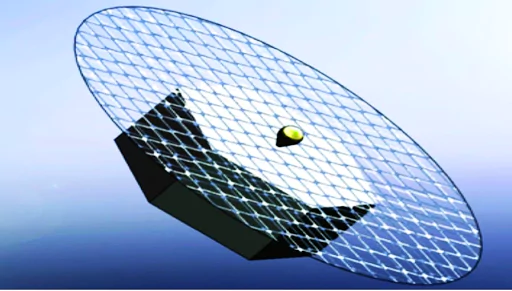![]() 4 Apr 2024
4 Apr 2024
Astronomers propose to place high-resolution telescopes on the moon’s surface and its orbit which includes the Pratush Radio Telescope from India.
The Cosmic Dawn and Epoch of Reionization
|
|---|

Upcoming Missions to Study the Cosmic Dawn from Moon Surface
|
|---|
| Must Read | |
| NCERT Notes For UPSC | UPSC Daily Current Affairs |
| UPSC Blogs | UPSC Daily Editorials |
| Daily Current Affairs Quiz | Daily Main Answer Writing |
| UPSC Mains Previous Year Papers | UPSC Test Series 2024 |
<div class="new-fform">
</div>